One Classy Savage Rifle
A Contemporary Rifle Tuned to the Times
other By: Stan Trzoniec | January, 26
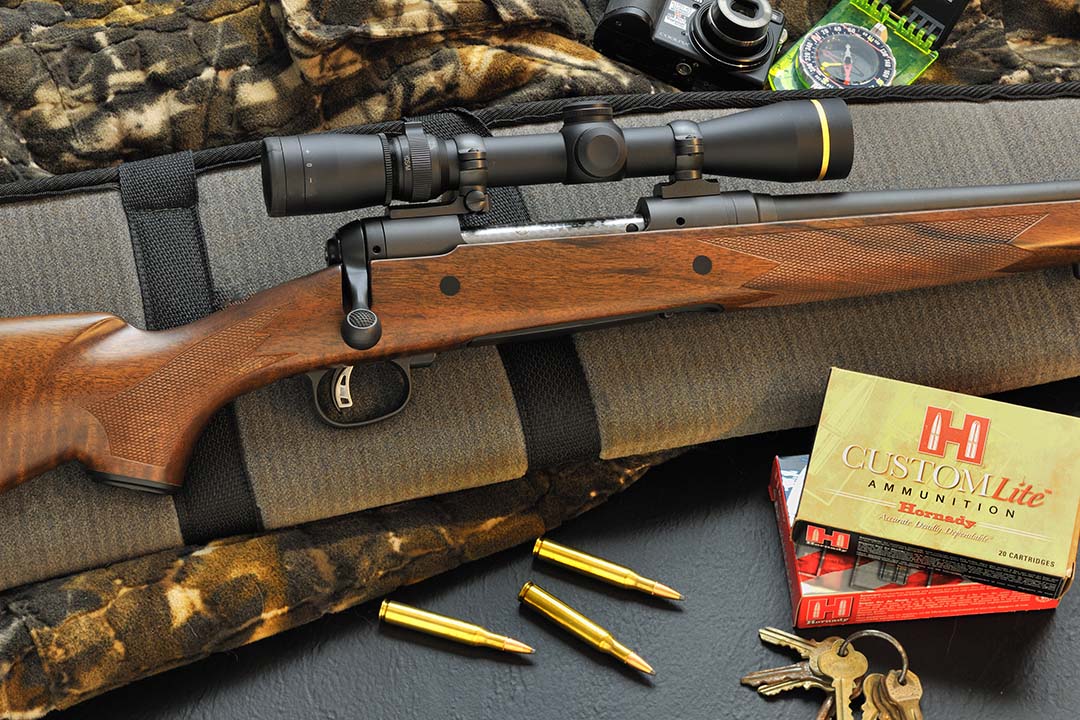
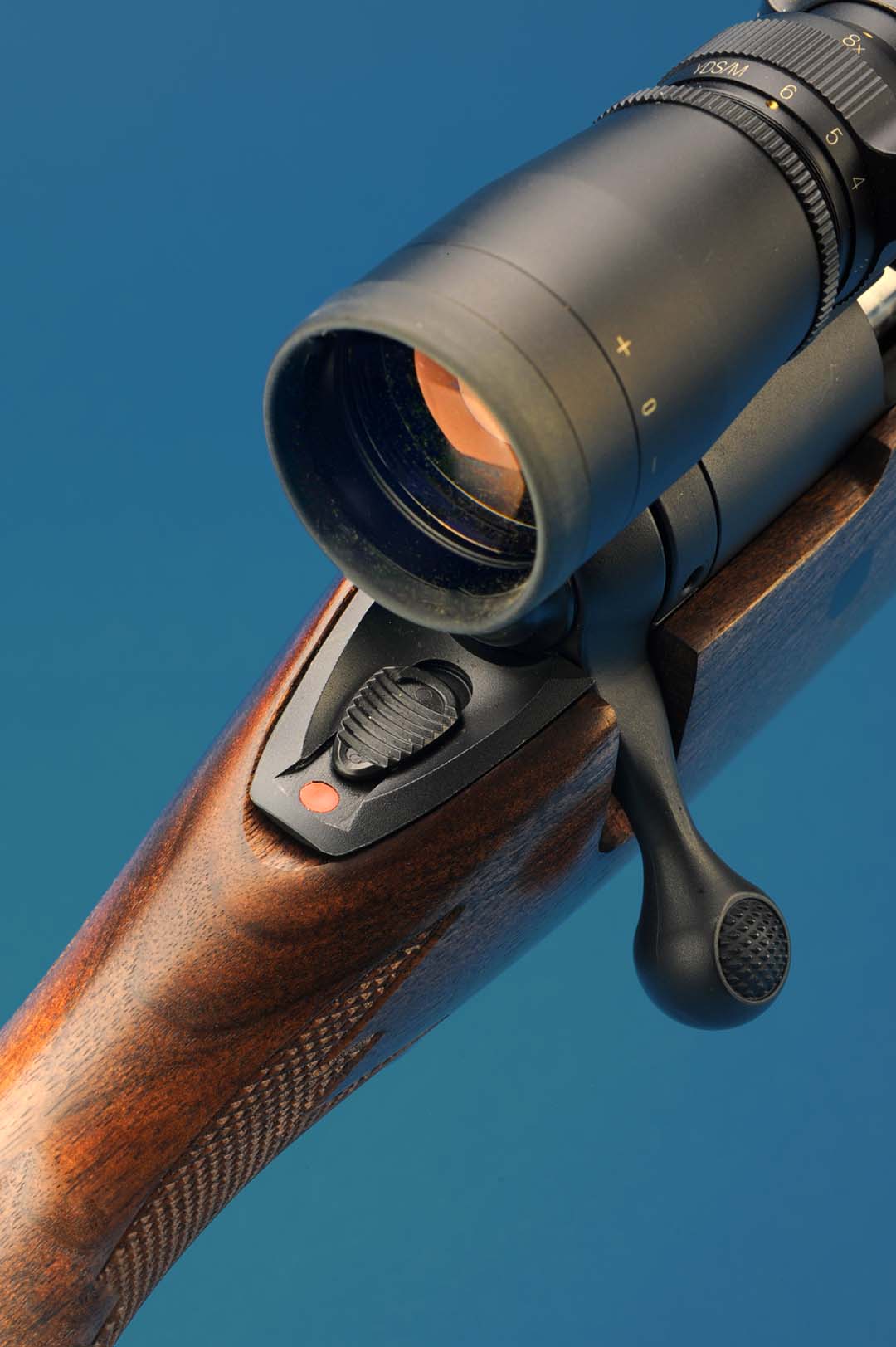
Because there is varied opinion on what hunters want, most of the rifle manufacturers like Remington, Savage, Browning or Winchester offer the best of both worlds. Remington for example, still offers the older, standby me BDL model, but in addition, brought out the CDL in a classic pattern some years back. Savage has its version of the classic rifle and for a time, did offer both a true classic and a European-type of classic gun with a high comb and black tips sans the white line spacers. Noted for its accuracy, when the time came, I enjoyed a tour of the factory making my own gun, and for the article, walked away with both a rifle and an extra stock for evaluation.
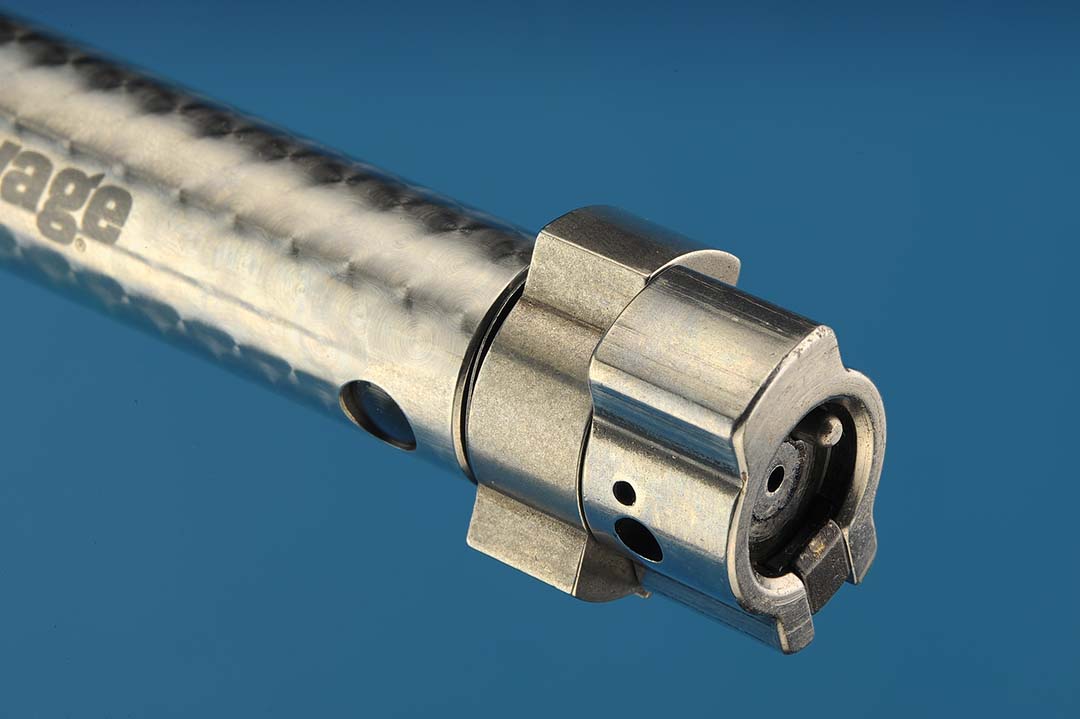
Out of the box, this gun was destined to make headlines. The proportions were designed to appeal to those hunters following this profile in rifles. All the rifles inspected at the plant, at shows and sent to me for evaluation, exhibited select wood or above. Nothing special, but the choices made showed the gun to be a cut above the rest with mine showing a distinctive mineral streaked fiddleback pattern against dark, stained wood. If I were to give a medal for stock design, it has to be the profile and fit of this Classic rifle. The forearm tapers from the muzzle end toward the magazine, then expands out toward the pistol grip and buttstock. The grip has the right sweep for both prone and offhand shooting with the look of the cheekpiece matching that of a custom rifle.
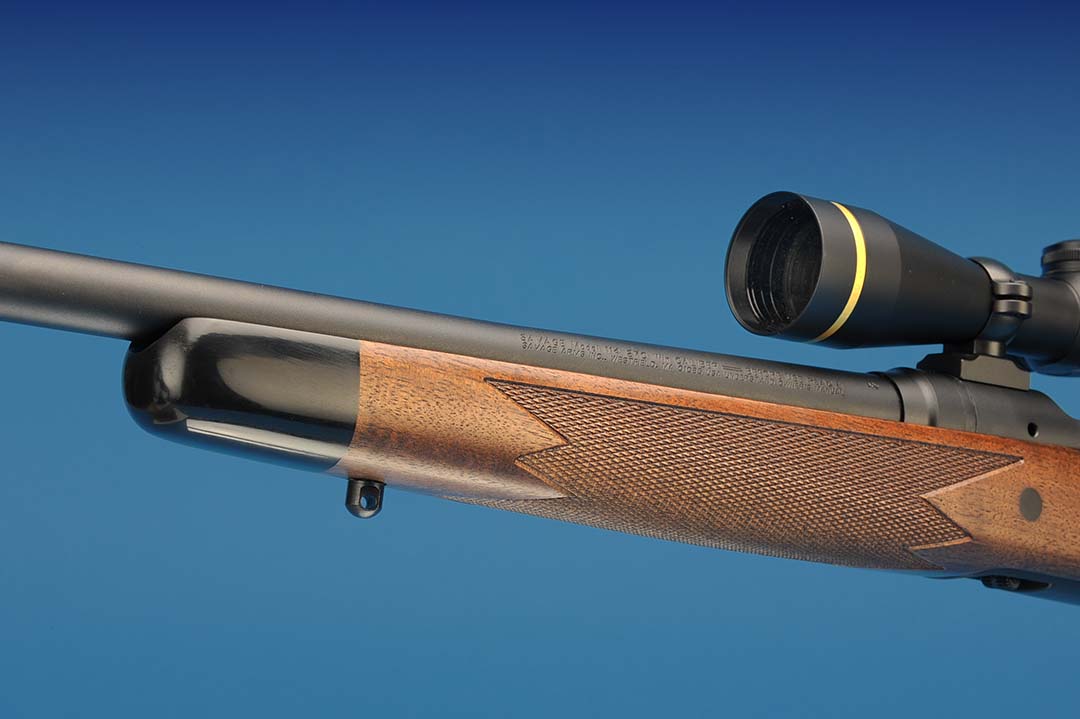
Deep fine line checkering in the form of a more traditional point pattern offered more than an ample purchase of the gun on the forearm, which is covered on three sides. On the pistol grip for that custom look, a slight flair to the rear in the pattern is included. To complete the picture, a contrasting black forend tip and pistol grip (no white spacers) inserted with the Savage Indian head logo and a rubber recoil pad with a black spacer is attached. Finally, to bring out the grain of the wood and to offer resistance to the weather, a satin coat of lacquer or oil finish (depending upon the model year) was professionally applied.
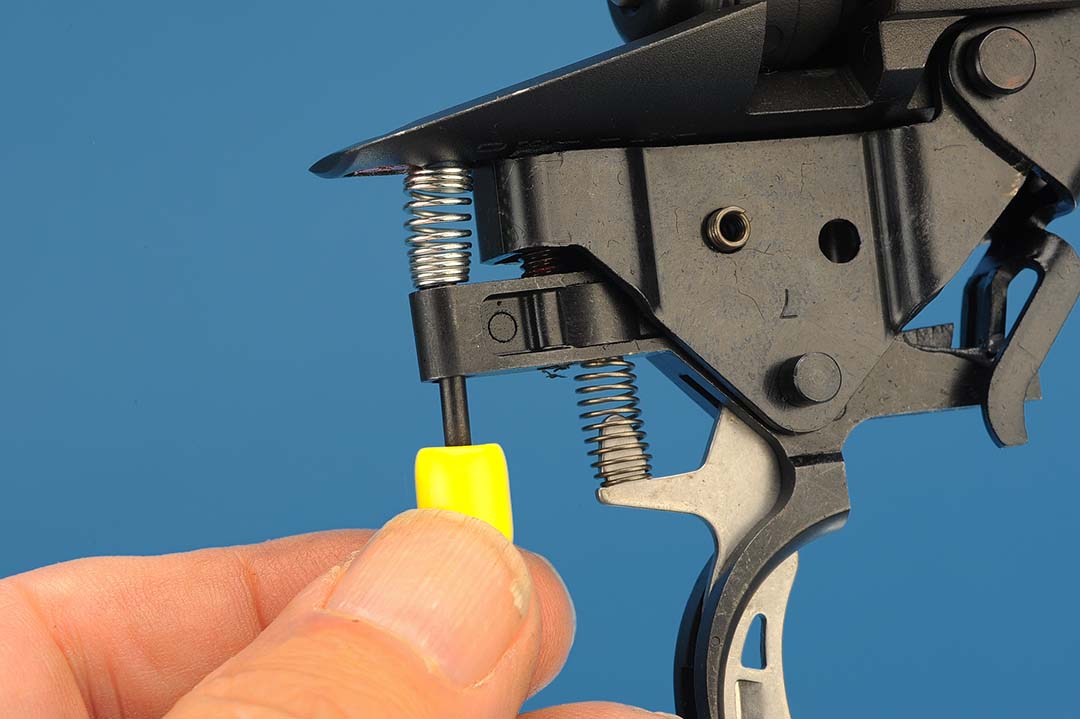
When it came to either a short or a long-barreled action, it had a satin or deep polish followed by a high luster bluing with barrel lengths of 22 or 24 inches depending upon cartridge. In the short action, there was a choice from the .22/250 Remington up to the .300 Winchester Short Magnum. With the longer action, the .270 Winchester to the popular .300 Winchester Magnum was available. As an update by Savage, the old barrel nut is gone, replaced by a streamlined barrel connection (now very unobtrusive) attached and headspaced by a spanner wrench from under and near the mouth of the receiver. With this type of arrangement, it makes it easy for a qualified gunsmith to change barrels (read calibers) while staying within the same cartridge rim size as the original chambering.
Being the type of gun this is, no sights were installed in favor of higher end optical goods to wring the best of accuracy out of this rifle. To this end, I installed a Leupold 2.5-8x 36mm in Leupold rings and bases all in a matte finish, perfect for this gun and caliber.
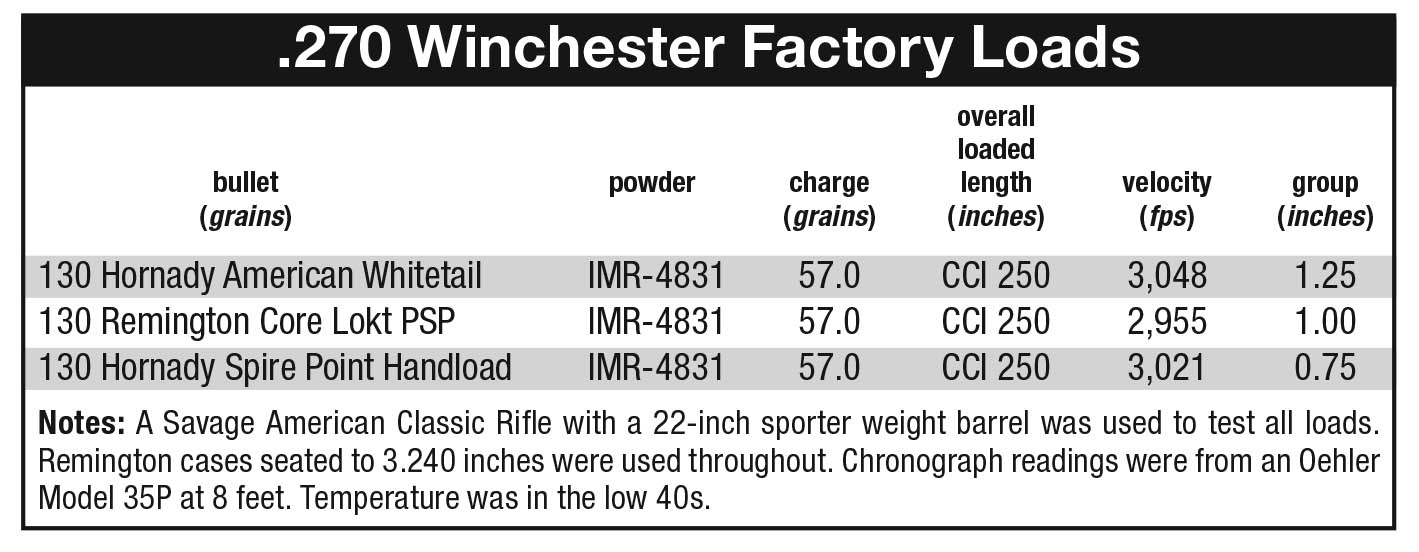
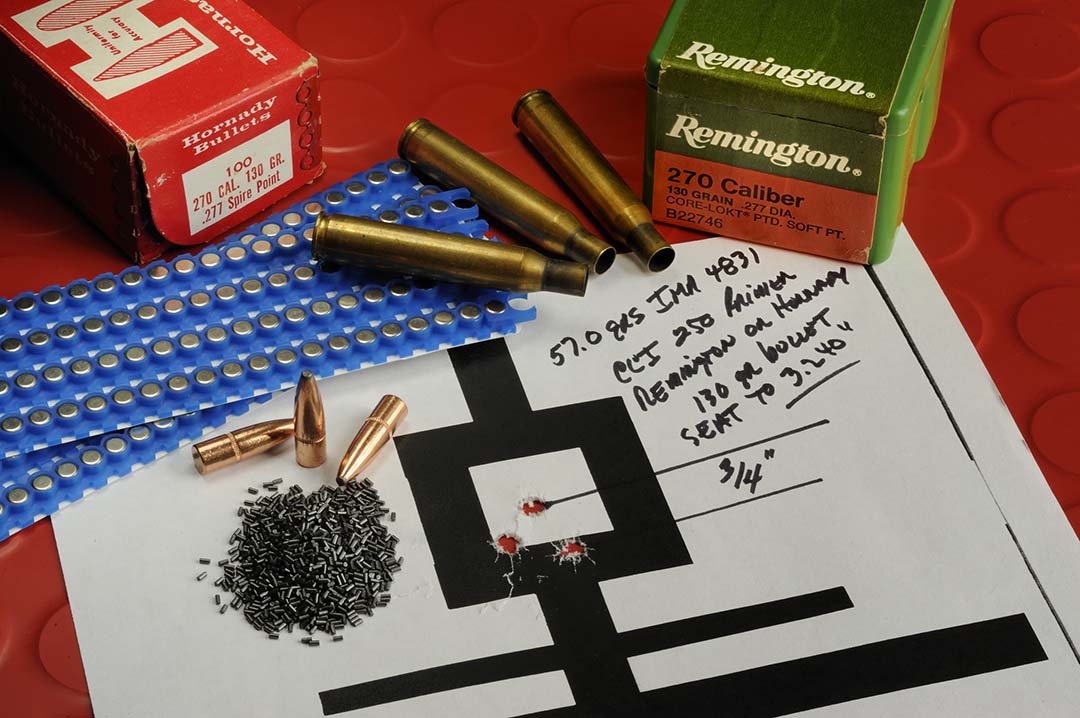
The barrel is free-floated and the action is pillar bedded into the stock for the best in accuracy potentials with the removal of the bolt now brought up to modern standards. Savage engineered all this by eliminating that inconvenient lever on the side of the receiver and replaced it by just pressing the bolt release button near the trigger guard and pulling the trigger at the same time.
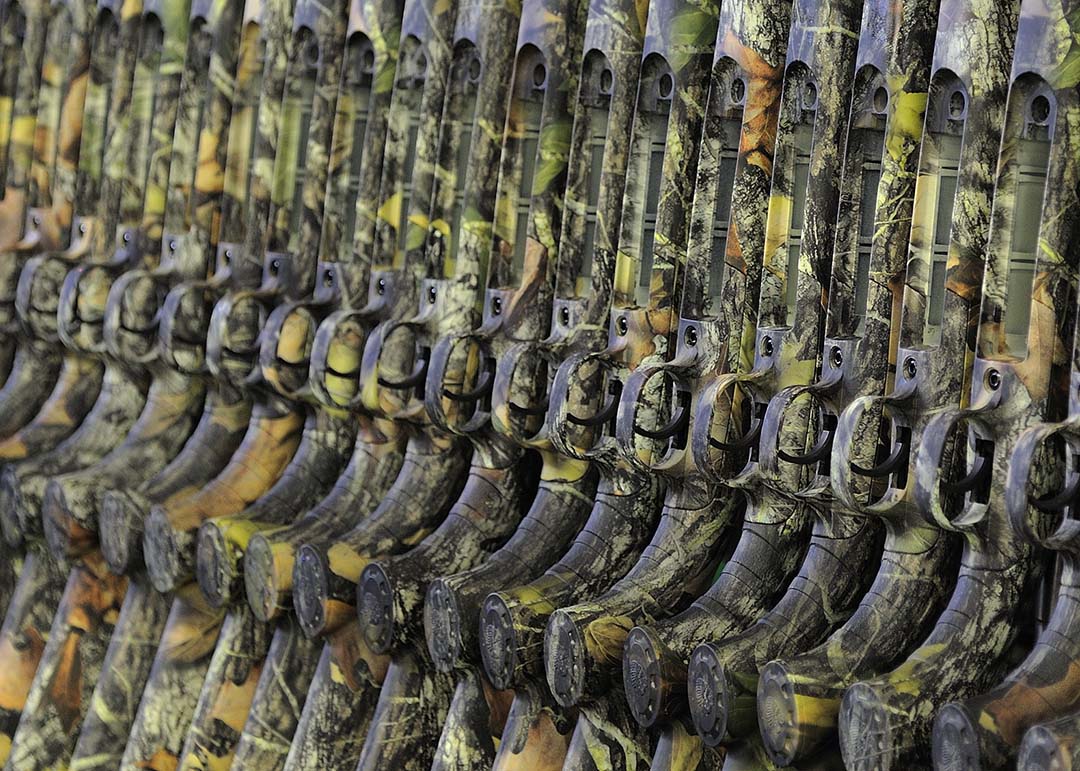
The bolt itself on the long action measures a full 7¼ inches long from the bolt face to the back of the shroud. The body of the bolt is jeweled for appearance, has the Savage logo embossed on it while having a constant diameter of .693 inches on my Craftsman micrometer. The bolt handle is nondescript and is machine checkered on one side of the bolt knob.
On the bolt face, there is the traditional plunger ejector with the spring type extractor. What looks like a pair of locking lugs on the front of the bolt is actually a bolt guide and part of a safety measure (rear lug) that keeps any hot gases from a ruptured case from reaching the shooters face when firing. Novel to the Savage design, the bolt head itself (front lug) actually floats in the chamber by a few thousandths of an inch assuring a perfect fit – something now only available on blueprinted guns and actions. Considered a push feed action, the gun cocks on opening of the bolt.
For field use, a detachable magazine is standard, with a hinged floorplate and straight line feeding available the following year. With standard calibers, capacity is 4+1 in the chamber –magnums are one less. The magazine holds the cartridges in a staggered position, with the top round dead center in the magazine for flawless feeding into the breech. Additionally, if desired a shooter can fire the rifle single shot, just lay a cartridge on the top of the magazine, push the bolt home and off you go.
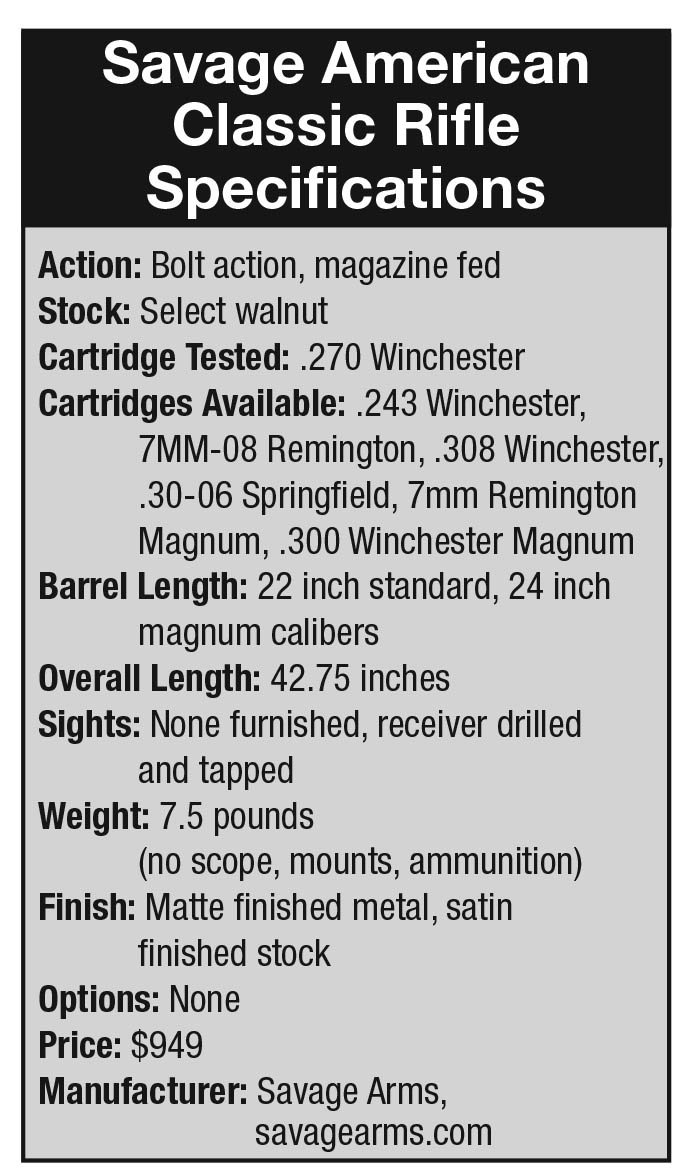
My rifle is chambered for the .270 Winchester; a cartridge that I have used throughout my hunting career especially for western game. I’ve used it on plains game, first in Montana in 1982 and later in Wyoming with the pronghorn antelope and mule deer as subjects of my hunts. In Canada, a nice caribou fell prey to my rifle but I was skunked in Maine for a black bear with a Remington Model 700. The .270 Winchester is still one of America’s great cartridges not over shadowed even by some of the new entries today.
Not shy of accuracy, I got started on it during my early days of reading Jack O’Connor doting about it in his magazine articles and books. Although I used factory ammunition, when I started to handload, it really changed the game – especially when using only one load. That load, one I’ve used for over 30 years has to be one of the most universal combinations of components I’ve ever put together. As I recall, it was one of Jack’s suggestions, and consists of either a Hornady 130-grain Spire Point or a Remington 130-grain Core-Lokt over 57.0 grains of IMR-4831, trickled for each case. To this mix, I add some CCI-250 primers all stuffed into a Remington case with an overall length with the bullet coming to 3.240 inches. In a Remington Model 700 rifle with a 22-inch barrel, velocity was 3,029 fps and with the Savage, it averaged 3,021 fps with sub minute of angle groups. Very consistent to be sure.
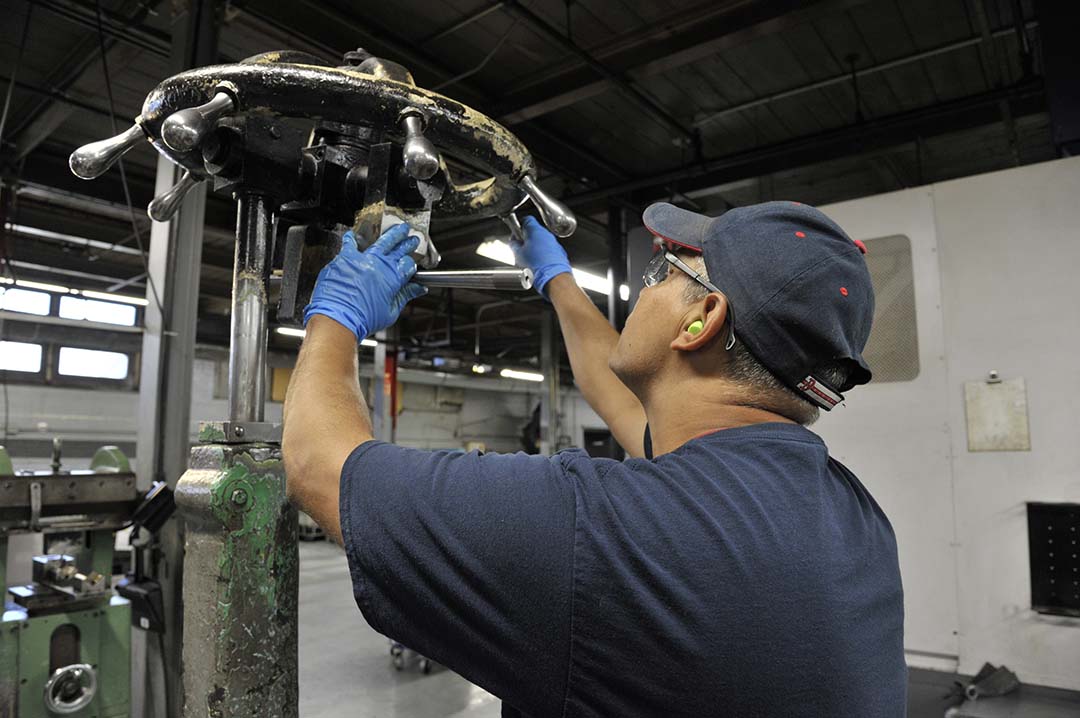
Of the other two loads I tested, one was Hornady’s American Whitetail brand of rifle ammunition. With this ammunition on the first time around, groups seemed to be a little off, but the more I shot, the more ammunition groups started to migrate down to an inch with 3,048 fps (on the box of 3,060 fps) out of my Savage. With the Remington brand, like others in its ilk in 130-grains, most are quite consistent in velocities with this one just going a little low at 2,955 fps with slightly smaller groups.
Throughout the session, I enjoyed the AccuTrigger to the fullest. Considering the moderate recoil of the .270 Winchester, I was still impressed on how the gun came straight back on the bench making those tight groups an easy task that morning. I could not have been more pleased with rifle, scope and my handloaded ammunition package.
As this American Classic aged through the years, more and more knowledgeable hunters purchased the gun for not only pride of ownership, but dependability in the field. When Arthur Savage started his company in 1894, I wonder if he ever thought it would go this far.
I’m sure he would be pleased at the outcome 127 years later.

